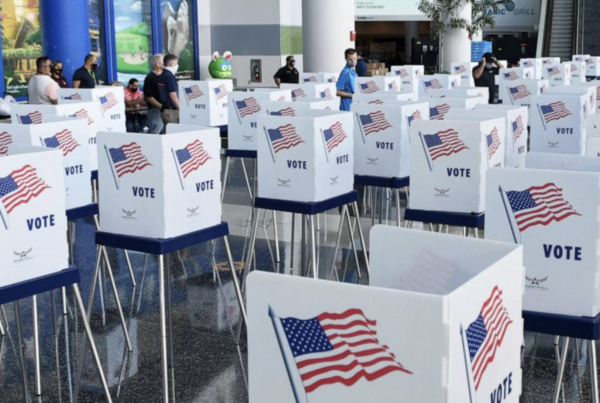Social media should be a vital part of every communications plan. The platforms are widely popular, and allow you to spread your message in a variety of ways.
Everybody’s Online
We’re more connected to our smartphones than ever – a recent report suggests the average adult will spend almost four hours a day on their phone in 2019, surpassing the time spent watching TV.
A bulk of that time is spent on social media, with Facebook, Instagram, Youtube and Twitter seeing the most use. According to a Famemass infographic, people spend nearly 2 ½ hours per day on social media. As for specific platforms, people around the globe use Facebook for 58 minutes, Instagram for 53 minutes and Youtube for 40 minutes.
With these statistics, you must capitalize on social media to connect with your audience, expand your reach, and establish your brand. A social media content plan ensures you’re staying in front of your targets, and effectively spreading your message.
Communication Opportunities
Social media allows businesses and organizations to interact with an audience in a manner not possible in print media or television. In the latter, the communication is one-sided – you give your message but the person can only receive.
With social media, you can create a dialogue with your customers that establishes a personal relationship. Take advantage of this communication opportunity – respond to questions on Facebook or Twitter, address concerns from your audience, and post content that elicits responses from your support base.
The benefits are two-fold: your message can be delivered to a wider audience, and you can show a more human side to people by personally interacting with them.
More Control
In traditional media, you’re not always in control of what is said about you in a story. You can speak with reporters and convey your message, but they choose what to use when it’s time to print.
On social media, you are in charge of all messaging. You can craft the story YOU want to tell – making it important to carefully plan your content. Quantity matters on social media, but the quality of your communications will ultimately outweigh the number of posts.
You’re only limited by character limits, so use Facebook, Twitter, and others to showcase your business, show your personality, and keep your audience updated.
Social media can be more informal – and it’s important to have a little fun where appropriate, while ensuring your message stays on brand.
Quick Response
If you encounter a crisis or negative press, social media is a quick and accessible way to respond to the situation. You could hold a TV press conference and send out a press release to the media, but these would likely take more time and effort – both of which are commodities during crisis communications.
Social media allows you to immediately post a response, which would be seen by your followers and target audience – likely the most vital people to reach. These people are familiar with your brand, so it’s important to communicate what is going on and answer their questions as needed.
Sinclair has the experience and know-how to create a social media plan designed specifically for your business. Let our team take your social media efforts to the next level.



